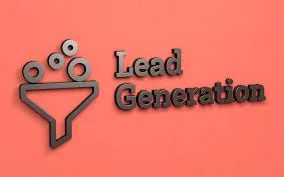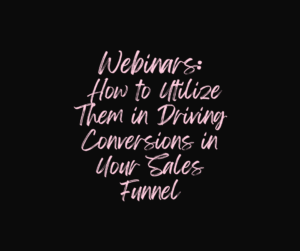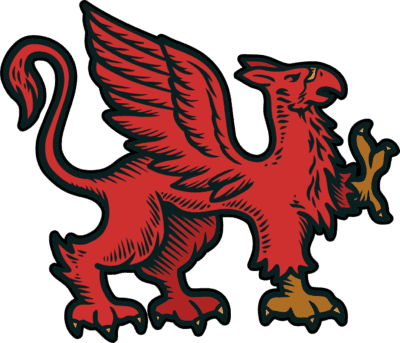Creating a High-Converting Landing Page for Your Sales Funnel
Landing pages are the entry points to your sales funnel, where potential leads take their first step toward becoming customers. Crafting a high-converting landing page is essential for capturing visitor attention, encouraging action, and driving conversions. In this guide, we’ll explore the key elements, best practices, and strategies to create landing pages that convert.

Understanding the Purpose of a Landing Page
A landing page is a standalone web page designed with a specific objective: to convert visitors into leads or customers. Unlike typical website pages, landing pages are focused, concise, and built to prompt a single action, such as signing up for a newsletter, downloading an eBook, or making a purchase.
Key Elements of a High-Converting Landing Page
- Compelling Headline: Grab attention with a clear and compelling headline that communicates the value proposition succinctly. It should address a problem or need your audience has and promise a solution.
- Engaging Visuals: Incorporate relevant and high-quality visuals, such as images or videos, that support your message and create an engaging experience for visitors.
- Clear Call to Action (CTA): Your CTA should be prominent, persuasive, and aligned with the desired action. Use action-oriented language that encourages visitors to take the next step.
- Concise and Persuasive Copy: Keep the content concise, focusing on benefits and addressing pain points. Use persuasive language to highlight the value of your offer and why visitors should take action.
- Social Proof: Incorporate testimonials, reviews, or trust badges to build credibility and trust. Social proof reassures visitors that others have had positive experiences with your offer.
- Optimized Forms: If collecting visitor information is part of your goal, keep forms simple and ask for only essential information. Long forms can deter potential leads.
Best Practices for Creating a High-Converting Landing Page
1. Know Your Audience:
Understand your target audience’s needs, preferences, and pain points. Tailor your messaging and offer to resonate with their specific desires to increase relevance and engagement.
2. Keep it Simple and Focused:
Avoid clutter and distractions. Your landing page should have a singular focus on the intended action. Remove navigation menus or links that might divert attention away from your CTA.
3. Use Visual Hierarchy:
Guide visitors’ attention through a clear visual hierarchy. Use contrasting colors, whitespace, and design elements to draw attention to crucial elements like the headline and CTA.
4. A/B Testing:
Continuously test different elements of your landing page, such as headlines, visuals, CTAs, or form lengths, to optimize for better conversions. A/B testing provides valuable insights into what resonates best with your audience.
5. Mobile Responsiveness:
Ensure your landing page is optimized for mobile devices. A significant portion of internet users access content through mobile devices, so a mobile-responsive design is crucial for reaching a wider audience.
Tools for Building a High-Converting Landing Page
Several tools can assist in creating effective landing pages, even if you’re not a design or coding expert:
- Unbounce: An intuitive platform for building custom landing pages with easy drag-and-drop functionality and A/B testing features.
- Leadpages: Offers a range of templates and a user-friendly interface for creating high-converting landing pages without extensive technical knowledge.
- Instapage: Provides a robust landing page builder with advanced analytics and optimization tools to maximize conversions.
Conclusion
A well-crafted landing page is a cornerstone of a successful sales funnel. By understanding the essential elements, implementing best practices, and leveraging the right tools, you can create landing pages that effectively capture leads and drive conversions.
Remember, the key lies in knowing your audience, delivering a clear and compelling message, and continually testing and optimizing your landing page for better results. With a strategic approach and attention to detail, your landing pages can become powerful assets in driving your business’s growth and success.















